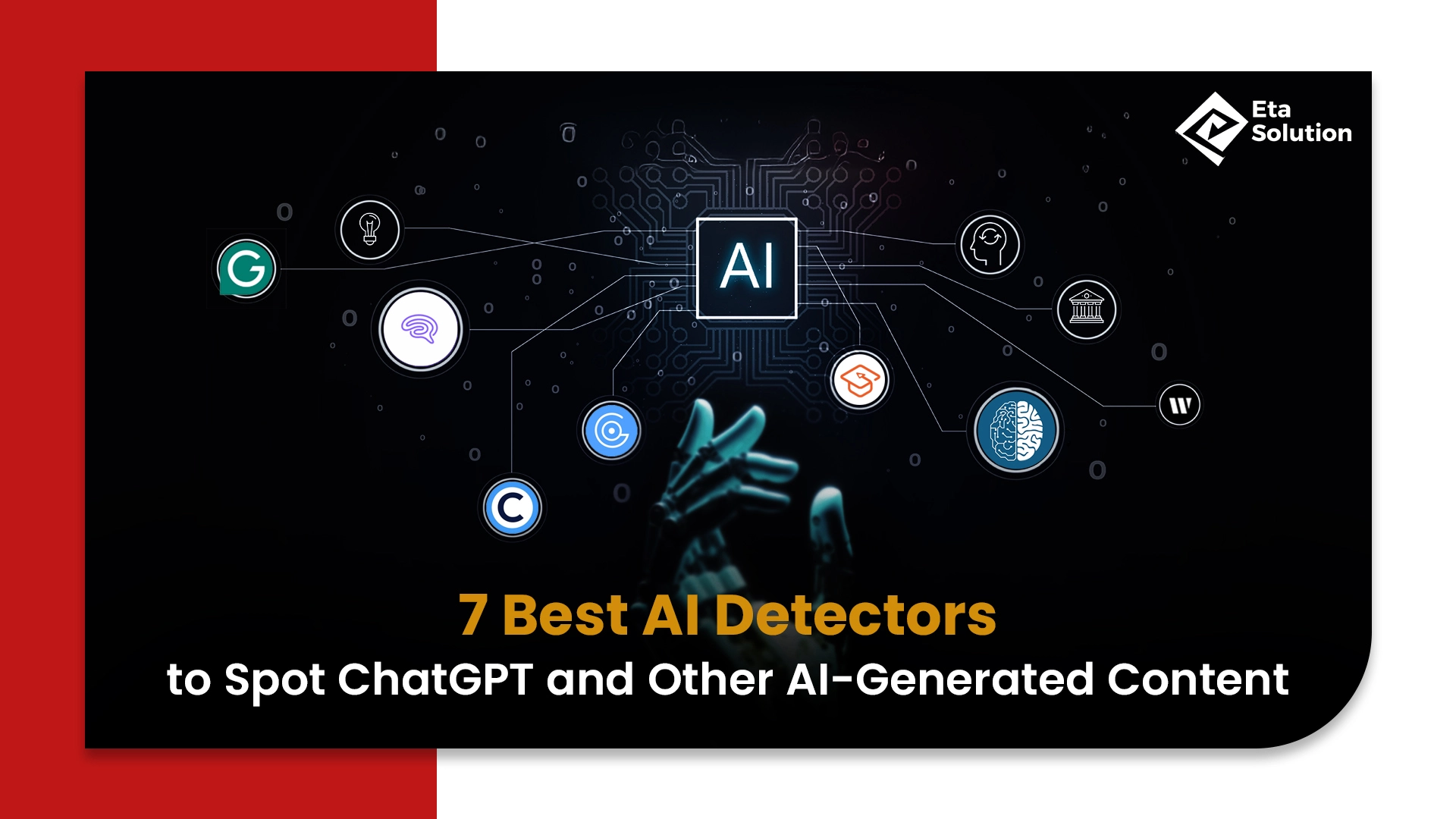
7 Best AI Detectors to Identify ChatGPT & AI-Generated Content
Introduction: Why Authentic Voice Matters More Than Ever!
Publishing a Blog Post that looks perfect, SEO-friendly, well-formatted, and even insightful. But there’s a problem: it sounds off. Robotic tone, recycled structure, maybe even uncanny phrasing. Clients notice. Google notices. And before you know it, trust goes down, ratings go down, not due to plagiarism, but because your content sounds as if it was just vomited by a machine.
Welcome to 2025, where AI-generated content is becoming even more commonplace; it’s everywhere. With machines like ChatGPT, Claude, and Gemini churning out millions of products each day, the difference between legitimate human expression and writing by a machine has been eroded. The challenge may no longer be producing “content” but proving it was created by humans.
That’s why AI content detectors have grown exceedingly mission-critical for agencies, publishers, and marketers in their daily activities. Whether you’re reviewing externally-sourced content, assigning drafts in-house, or simply preserving your brand’s voice, an appropriate AI text checker will scuttle the hazards of being “synthetic” and stay on the right side of search engines, clients, and ethics.
In this blog post, we will cover seven of the best AI detector tools, not only by identifying them and summarizing their capabilities, but with the actual data, user metrics, benchmarking capabilities, and slightly differing characteristics that separate the sage content authenticity tools from the risky ones.
Let’s decode the detectors.
1. Copyleaks: The Enterprise Winner
Copyleaks offers multilingual capabilities, comprehensive fingerprinting, and high-adjustment frequency for accuracy.
- Recent stats: separate validation studies show >99.7% accuracy when differentiating between human text and AI; >99.8% false positive rate.
- Fingerprint detection: Research from 2025 shows Copyleaks identifies which LLM model, like ChatGPT, Gemini, generated content with 99.88% precision.
- Real implications: A major US publisher used Copyleaks to flag model overlap and discovered 74% of certain content matched DeepSeek’s internal model fingerprints.
- Why it works: Companies that need granular ChatGPT detection, insights into which tool produced the text, and minimal risk of false alarms often go with Copyleaks.
2. GPTZero: The Educator’s Go‑To
GPTZero, an early mover in the AI-detection space, is still popular among educators and editors.
- Technique: It measures “perplexity” and “burstiness” attributes that reveal AI’s uniform structure.
- Accuracy: Company claims ~98%, but real-world scoring drops to ~96% for essay-length content; context matters.
- Benchmarks: G2 user reviews note occasional false positives or mislabeling of human text.
- Best bet: Ideal for spot-checking academic-style content. The color-coded UI makes it easy to interpret in editorial workflows, but don’t use it alone.
3. Originality.ai: Agency‑Grade Authority
Originality.ai combines top-tier detection with plagiarism checks and readability analysis.
- Performance: Lite model scores ~98%, Turbo hits 99%+ accuracy with under 1% false positives.
- Model range: Detects GPT‑3, GPT‑4, Gemini, Claude, Llama, Mistral, Grok, and more.
- Feature-rich: Built-in plagiarism checker means one-stop detection for both authenticity and originality.
- Insider tip: Editor teams at agencies use the Lite model when light AI polish is fine, and Turbo when complete human authenticity is required.
4. Scribbr: Student‑Friendly, But Educationally Elephant‑In‑Room
Scribbr is widely used in academia but is less consistent in complex content environments.
- School testing: Reports 84% accuracy in textbook-style tests, with strength in spotting paraphrased AI but often misses hybrid Human-AI Content.
- Real-world issues: Students complain of being falsely flagged, one reported scoring “39-100% AI-generated” despite live-editing proof.
- Best matched for: Academic material. It can serve as a quick initial filter for vendor drafts, but you’ll want another tool for deeper layers.
5. ZeroGPT: Free, Fast, but Fragile
ZeroGPT is a free version, but very unreliable.
- Some reported statistics: near 100% accuracy, but has numerous context reports of false positives and false negatives that testing has indicated.
- What users are saying: Reddit users are called on not to “trust it,” labeling it “not the most trustworthy.”
- Best use case: If you need speed for a low-stakes scan, don’t make a judgment for a client or make a decision based on ZeroGPT.
6. Grammarly: Built‑In Convenience with Caveats
Grammarly’s new AI-generated content checker helps flag synthetic prose in your existing workflow.
- Usefulness of tools: Fast – You can provide easy access with pop-up alerts if it detects AI discrepancies or simply grammatical-style anomalies!
- Usefulness of tools: Accurate – detected ~63% of all AI-generated samples, ~54 % of AI lightly edited, and has equal ~33% false negatives or false positives.
- Additional value to users: The Authors’ tool includes a time stamp of authors’ changes, good for documentation or for authors to reassure their clients.
- Best use: As a built-in to a writing and editing workflow as an early alert system.
7. Writer: Quick, Simple, But Underpowered
Writer.com offers easy, no-login-needed checks for quick authenticity confirmation.
- Usability: Paste up to 5,000 words. Immediate readout of human vs AI percentage.
- Performance: Mixed results reported accuracy ~33/50 in some tests; stronger on longer passages, weaker on hybrid or paraphrased content.
- Industry note: May be discontinued, some sources cite Writer.com’s detector as being sunsetted late 2024.
- Use case: Fast, one-off scans during content review, not for final deliverables.
Plagiarism vs AI Detection: Double Shield
- Plagiarism checkers like Copyleaks or Originality.ai: flag matching text from published sources.
- AI detectors: Look for human-like signals versus AI traits, predictability, uniformity, and lack of surprises.
- True authenticity demands both: your content must originate and sound human.
Real-World Impacts & Trends
- Academic bias: Universities are dropping AI detection tools. Non-native speakers and neurodivergent writers are disproportionately flagged.
- Student behavior: Some students pre-run their essays through ChatGPT checker tools to avoid false flags. Students describe it as a “police state of writing”.
- Martech tension: SEO agencies that run only rewrite tools like Undetectable AI risk losing quality rewritten content often scores 20-70% lower on top detectors.
- IP protection: Copyleaks’ fingerprinting even identifies model mimicry valuable in licensing discussions and legal contexts.
- Fake content detector interest is surging as businesses fear reputational harm from publishing synthetic content that pretends to be expert-level advice.
How to Build Your Detection Stack
Workflow Stage | Tools | Why It Matters |
Initial draft check | Writer, ZeroGPT | Fast and easy |
Editorial review | GPTZero, Grammarly | Quick flags, tone, and variance |
Pre-publish gate | Originality.ai (Lite/Turbo) + Copyleaks | Deep, final check |
Final validations | Manual review | Add brand-specific tone, data, and voice |
- Start fast: Spot checks with Writer or ZeroGPT help identify problematic sections early.
- Layer mid-stage: Run Grammarly for tone and human feel; use GPTZero for structural insights.
- Seal deal: Originality.ai filters content for both plagiarism and AI signature. Coupled with Copyleaks, you get watermark-level confidence.
- Humanize: Final pass using your brand voice, trust signals, specific metrics, client case examples, or local references.
Expert Insider Tips
- Cross-tool convergence: Look for consistent AI flags if both GPTZero and Copyleaks highlight the same sentences, investigate, and rewrite.
- Tune for false positives: Especially with Copyleaks, complex or technical vocabulary can trigger AI signals.
- Track model drift: Models evolve. Some tools update monthly; keep an eye on detection accuracy charts.
- Maintain balance: Google likes human-sounding content; over-optimizing for detect AI writing might reduce engagement.
Final Take
Employing AI content detectors is not solely about compliance, but it’s also about credibility, brand reputation, and search performance. As an SEO Company, your layered approach to detection can be about authenticity, but it also communicates to potential clients that your organization values substantive quality as opposed to shortcuts.
Whether you’re choosing Copyleaks for enterprise rigor, Originality.ai for agency-grade depth, or pairing GPTZero + Grammarly for editorial oversight, you’re building a defense around authenticity. That defense translates into trust, engagement, and sustainable growth.
Implement this tried-and-tested toolkit. It ensures you detect AI writing, deliver real human messaging, and thrive in today’s content-first economy, as a leading SEO Company in Ahmedabad that knows the value of trust-driven, authentic content.
An AI detector is a digital tool that analyzes written content to determine whether it was created by a human or generated by artificial intelligence, such as ChatGPT, GPT-4, or other language models. It works by checking patterns in the text like predictability, sentence structure, word choice, and fluency to identify signs that typically appear in AI-generated content. These tools help users evaluate the originality and authenticity of a piece of writing.
While AI detectors have become more sophisticated, they are not always 100% accurate. The results often depend on the tool used and the complexity of the content. Some may wrongly classify human-written content as AI (false positives) or fail to detect AI-generated text that has been edited (false negatives). However, top-rated detectors like GPTZero, Originality.AI, and ZeroGPT tend to offer higher accuracy when combined with human review and contextual understanding.
Most AI detectors are designed to work primarily with English content since major AI models like ChatGPT are heavily trained in English. While some tools may partially support other languages, their detection accuracy tends to drop significantly. If a user inputs text in a different language or translates AI-generated text into English, the detector might not catch it. Multilingual detection is still developing and may improve as AI tools become more global.
Not always. AI detectors are generally good at spotting unedited or long-form content written purely by AI, but they may struggle with mixed content or heavily edited AI outputs. Some tools are trained primarily on GPT-generated text, so they might miss content created by other models like Claude or Gemini. Also, as AI writing becomes more advanced and human-like, it becomes harder for detectors to differentiate between human and AI writing accurately.
Absolutely. As AI writing tools continue to evolve, AI detectors are also being updated to become more accurate, smarter, and adaptable. Developers are working to improve their ability to detect subtle AI-generated patterns, handle multilingual content, and provide deeper analysis. In the future, we can expect more advanced detectors that are integrated with learning platforms, plagiarism checkers, and content moderation systems.

What started as a passion for marketing years ago turned into a purposeful journey of helping businesses communicate in a way that truly connects. I’m Heta Dave, the Founder & CEO of Eta Marketing Solution! With a sharp focus on strategy and human-first marketing, I closely work with brands to help them stand out of the crowd and create something that lasts, not just in visibility, but in impact!

Industrial Product Marketing with LinkedIn & Paid Ads

Top Digital Marketing Strategies for Industrial Products in 2026

B2B Product Launch Strategies: From Pre-Launch to Go-To-Market

